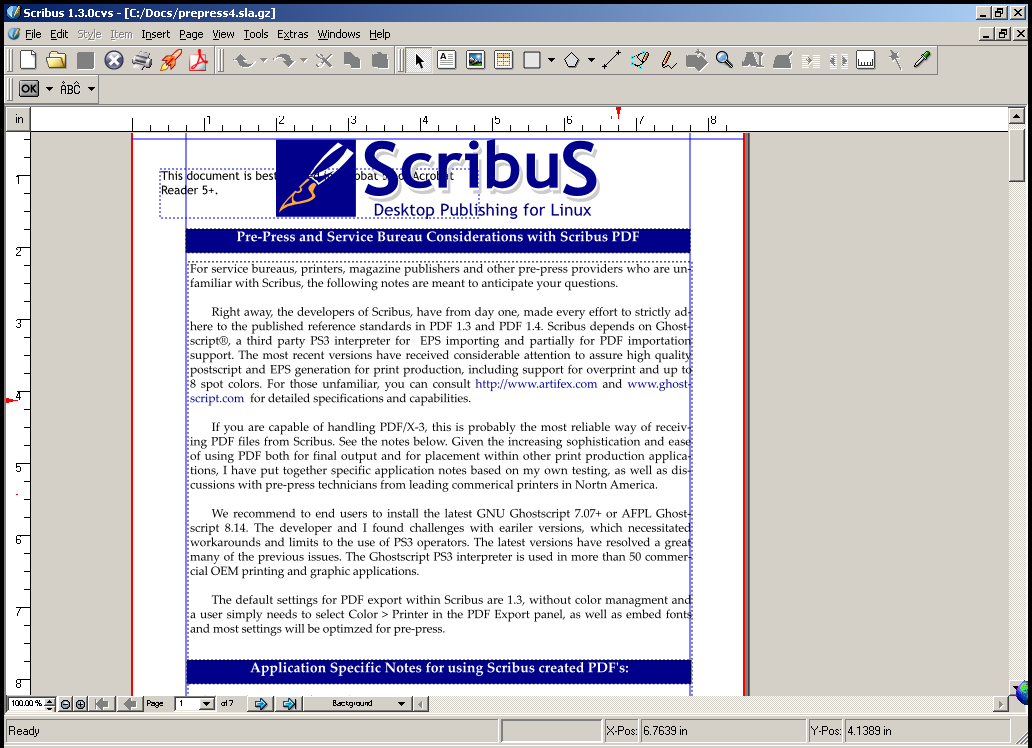
:max_bytes(150000):strip_icc()/scribus_logo-56a247483df78cf77273fa22.jpg)
You want numbers? Insert them one at a time, and repeat whenever you need to renumber.

You can pull a script off the Internet to automate to an extent, but chances are you'll have to tweak it before it does exactly what you want.Ĭreating a list manually is straightforward, but tedious. In fact, compared to LibreOffice, Scribus as installed is downright primitive in the way it handles lists. You'll also get to build five projects at the end of the course to practice what you've learned.You might as well know from the start: Making bulleted or numbered lists in Scribus isn't as easy as in the average word processor.

You'll get to build 12 projects and it's geared towards beginners.įreeCodeCamp also has a free Python Certification to help you gain a good understanding and a well rounded overview of the important fundamentals of the language. If you're interested in learning more about Python, you can watch the 12 Python Projects video on freeCodeCamp's YouTube channel. You now know how to create a do while loop in Python. It will continue to loop if a condition is not met and then terminate when a condition is met. So this is how you create the a similar effect to a do while loop in Python. The break statement allows you to control the flow of a while loop and not end up with an infinite loop.īreak will immediately terminate the current loop all together and break out of it. If the user enters the wrong secret word more than 7 times, then the loop will be completely exited. If the user inputs the correct secret word, the loop is terminated. It is always guaranteed to run at least once, with True, which otherwise creates an infinite loop. The code will run at least one time, asking for user input. If the condition evaluates to True then the loop will run the code within the loop's body.įor example, this loop runs as long as number is less than 10: number = 0

It will keep executing the desired set of code statements until that condition is no longer True.Ī while loop will always first check the condition before running. The general syntax of a while loop in Python looks like this: while condition:Ī while loop will run a piece of code while a condition is True. Let's focus on how you can create a while loop in Python and how it works. There are two types of loops built into Python: Let's learn more about how loops work in Python. Loops are a set of instructions that run repeatedly until a condition is met. If you want to automate a specific repetitive task or prevent yourself from writing repetitive code in your programs, using a loop is the best option for that. Loops are a useful and frequently used feature in all modern programming languages.


 0 kommentar(er)
0 kommentar(er)
